Deep-space adventures
Beyond the moon, China has left its mark on another extraterrestrial body in the solar system — Mars — via the Tianwen 1 mission, which was launched in July 2020 as the country's first independent interplanetary expedition.
The landing craft of Tianwen 1 touched down on the Martian surface in May 2021 after traveling more than 470 million kilometers and going through an extremely challenging landing process. Soon after landing, it released a rover named Zhurong to perform scientific tasks.
Before Tianwen 1, no country had ever tried to send an orbiter, a lander and a rover in one single flight to Mars.
Zhurong, the sixth rover deployed on the Red Planet, following five predecessors from the US, traveled more than 1,900 meters in its yearlong journey and obtained much data and many images en route to its destination — an ancient coastal area on Utopia Planitia, a vast Martian plain.
China plans to collect Martian samples and bring them back to Earth in around 2028 via another historic mission named Tianwen 3.
The main scientific goal of this mission is to look for traces of life on Mars, according to Liu Jizhong, chief planner of the Martian soil-return project.
He said in September that Chinese researchers "are working on essential technologies to be used in the robotic expedition such as sampling and liftoff on the Martian surface".
Chinese scientists have also placed two solar observation satellites in orbit. The spacecraft have achieved major scientific and technological feats that have helped scientists to deepen their knowledge of our nearest star.
The Chinese H-Alpha Solar Explorer, known as Xihe, was launched in October 2021 from the Taiyuan Satellite Launch Center in Shanxi province to become the nation's first space-based solar telescope. Its scientific payload is an H-Alpha imaging spectrograph that can, for the first time, acquire full-disk spectroscopic solar observations in the H-Alpha waveband.
Its primary task is to investigate the dynamics of solar activity in the lower atmosphere, namely the photosphere and chromosphere, and to understand the physical mechanisms of solar eruptions. The mission is very meaningful to the nation's space exploration and satellite technology, mission planners said.
One year later, the second solar explorer, the Advanced Space-based Solar Observatory, or Kuafu 1, was launched from the Jiuquan Satellite Launch Center in Northwest China.
Carrying cutting-edge apparatus such as a full-disc vector magnetograph and a hard X-ray imager, the Kuafu 1 aims at exploring connections among solar magnetic fields, solar flares and coronal mass ejections.










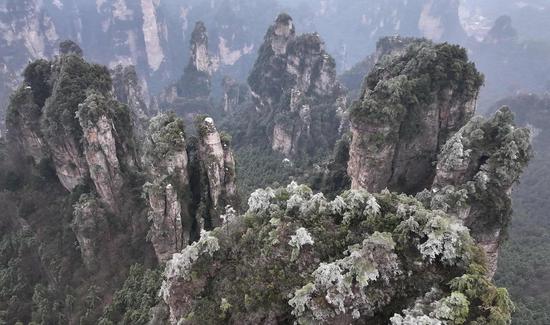


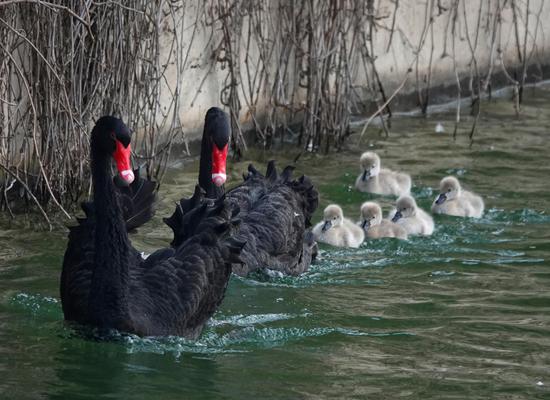
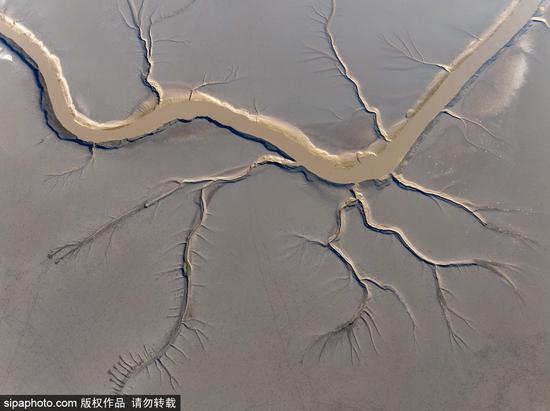
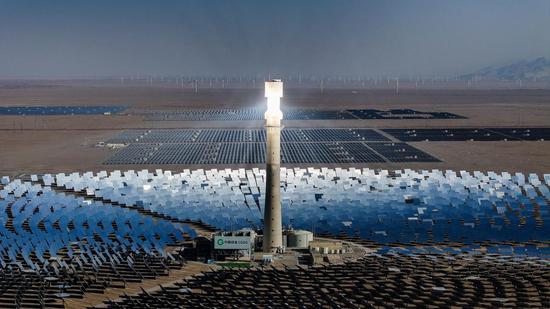
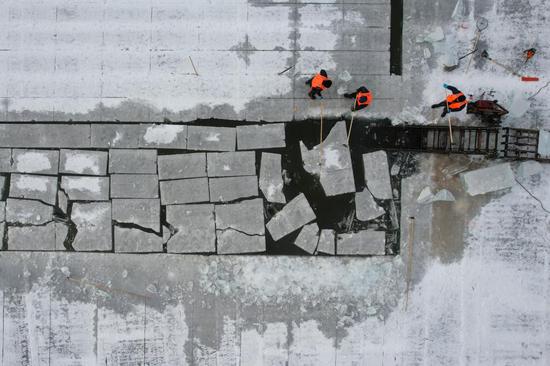

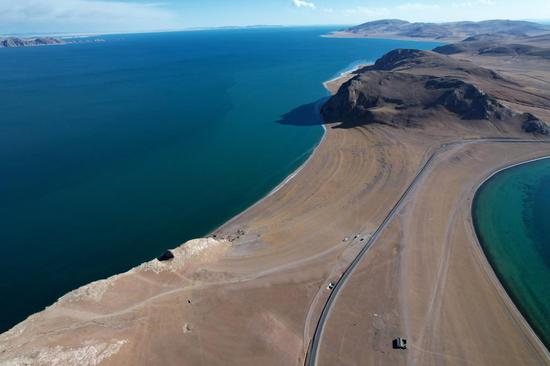





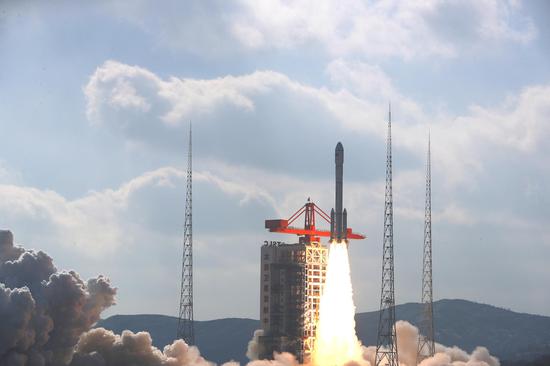
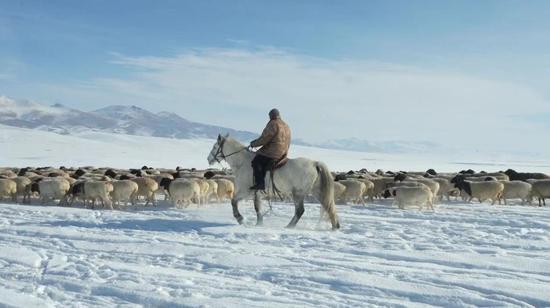


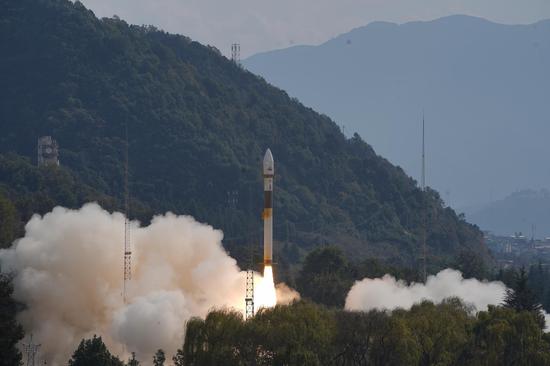


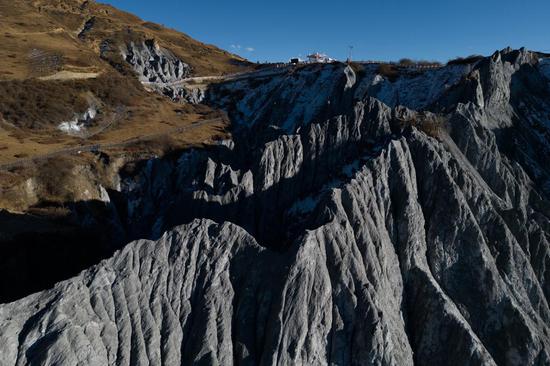


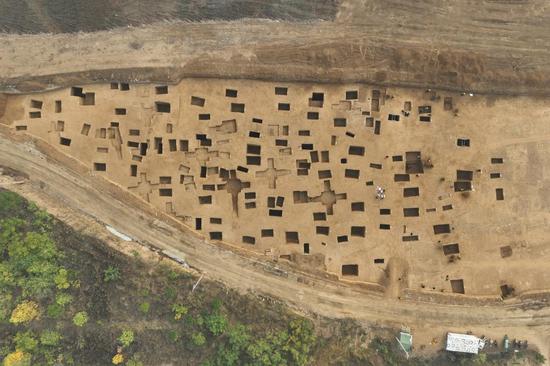
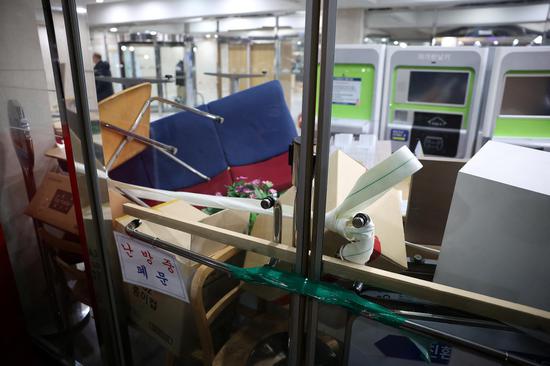








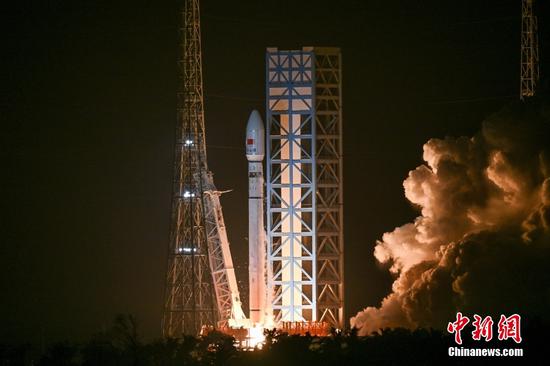





 京公網安備 11010202009201號
京公網安備 11010202009201號